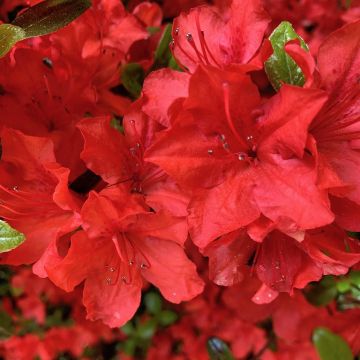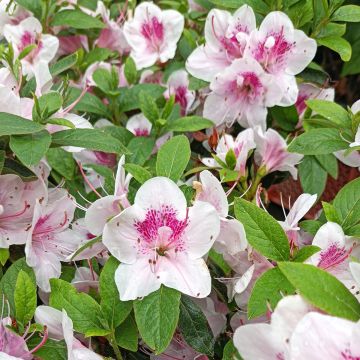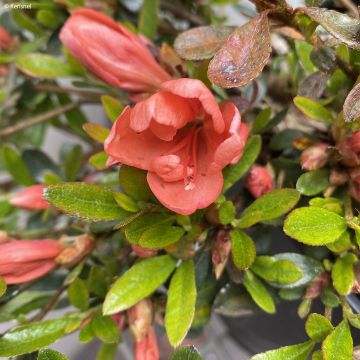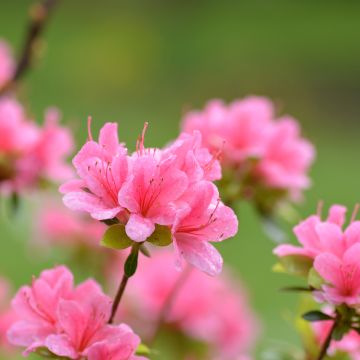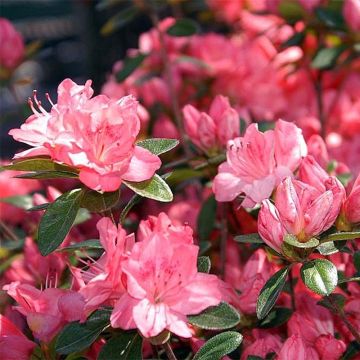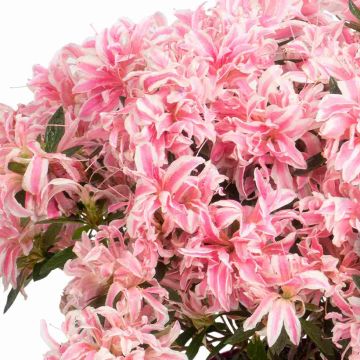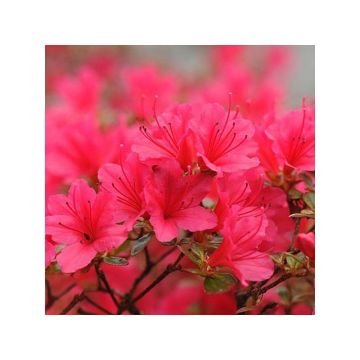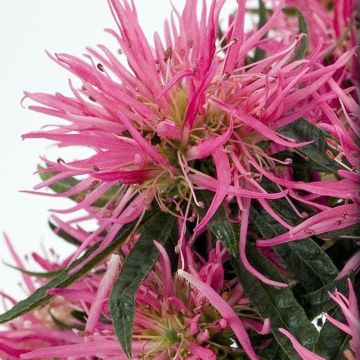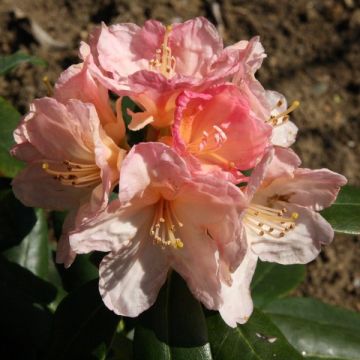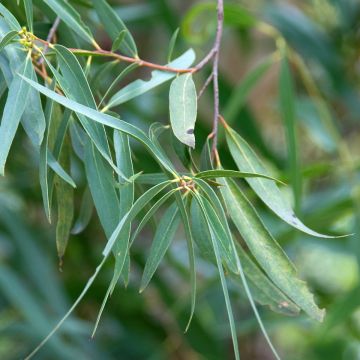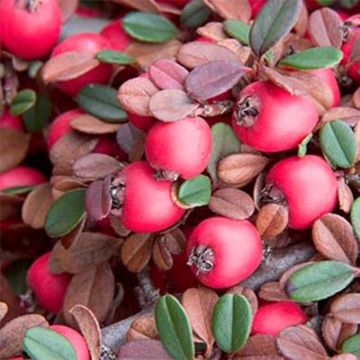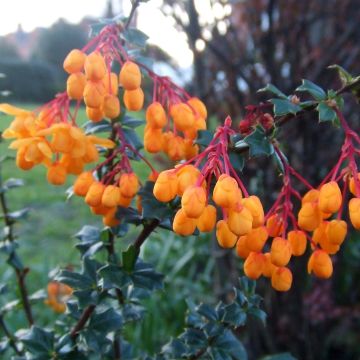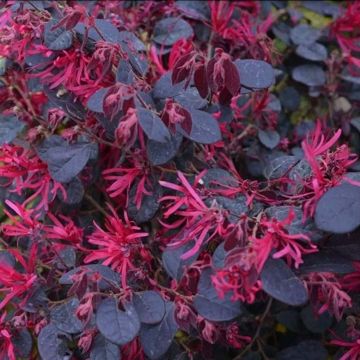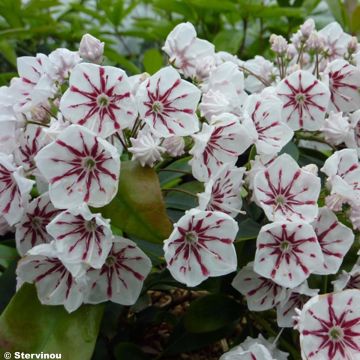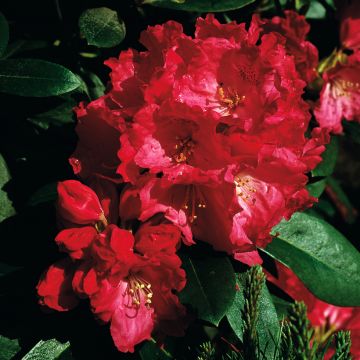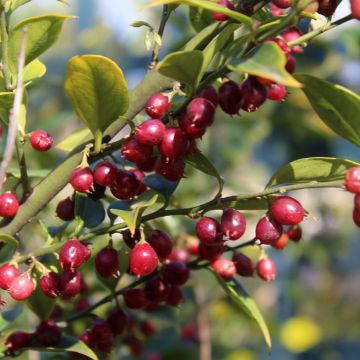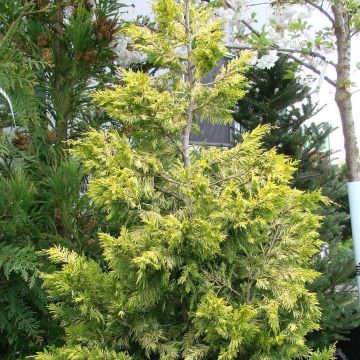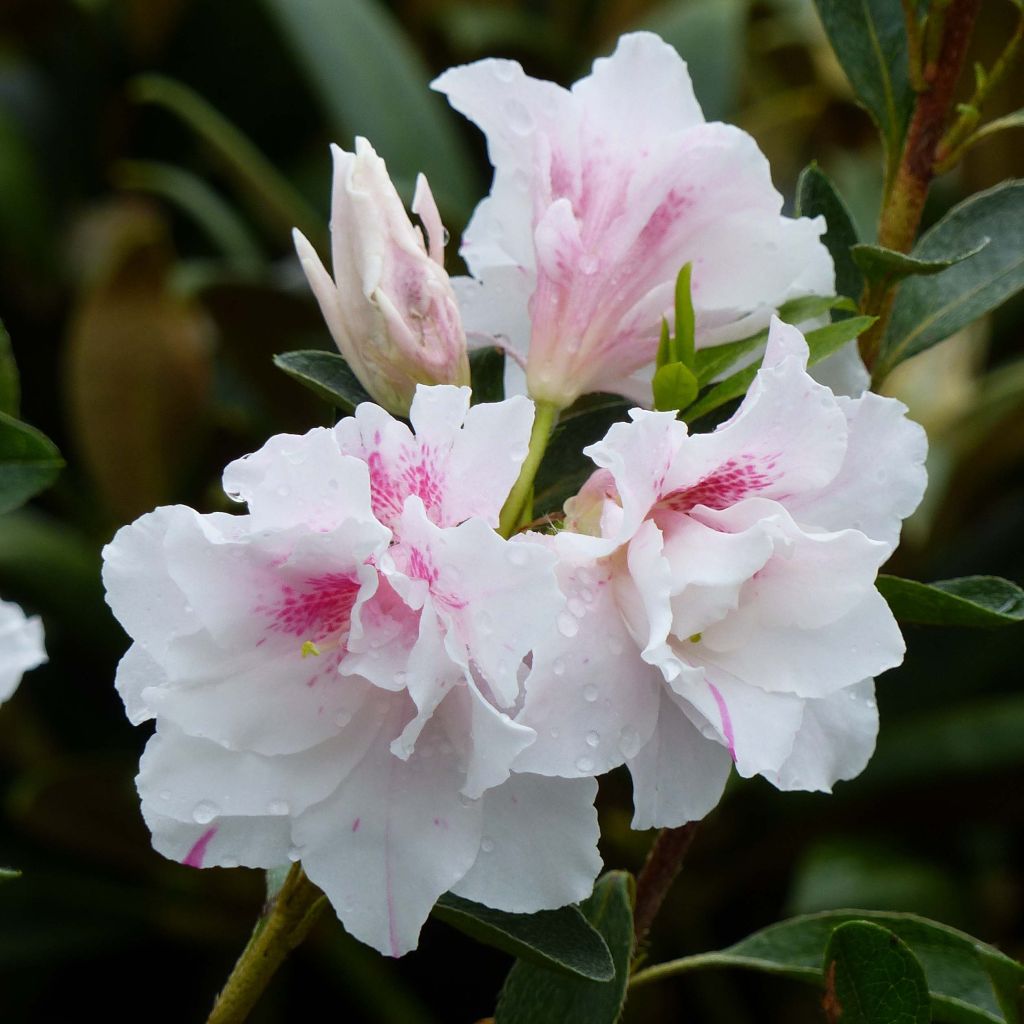

Japanese azalea White Prince
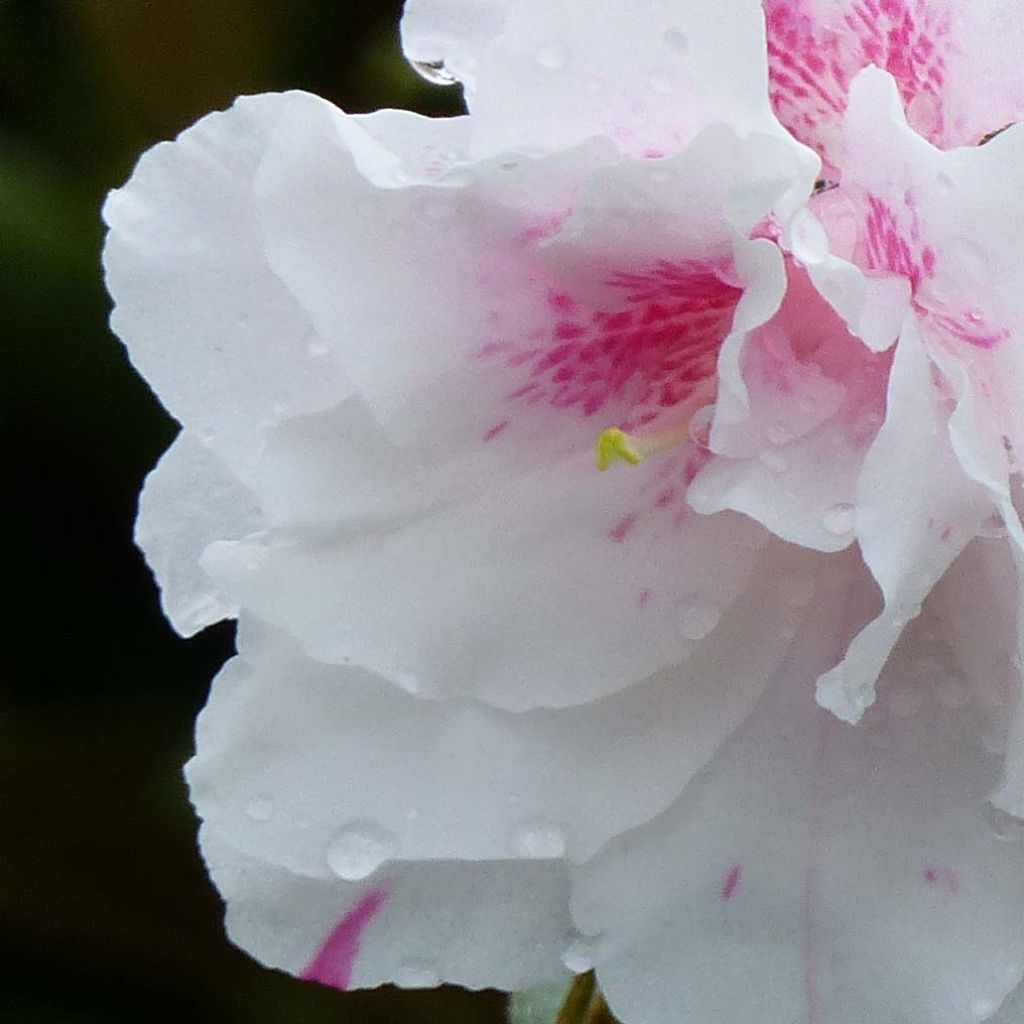

Japanese azalea White Prince
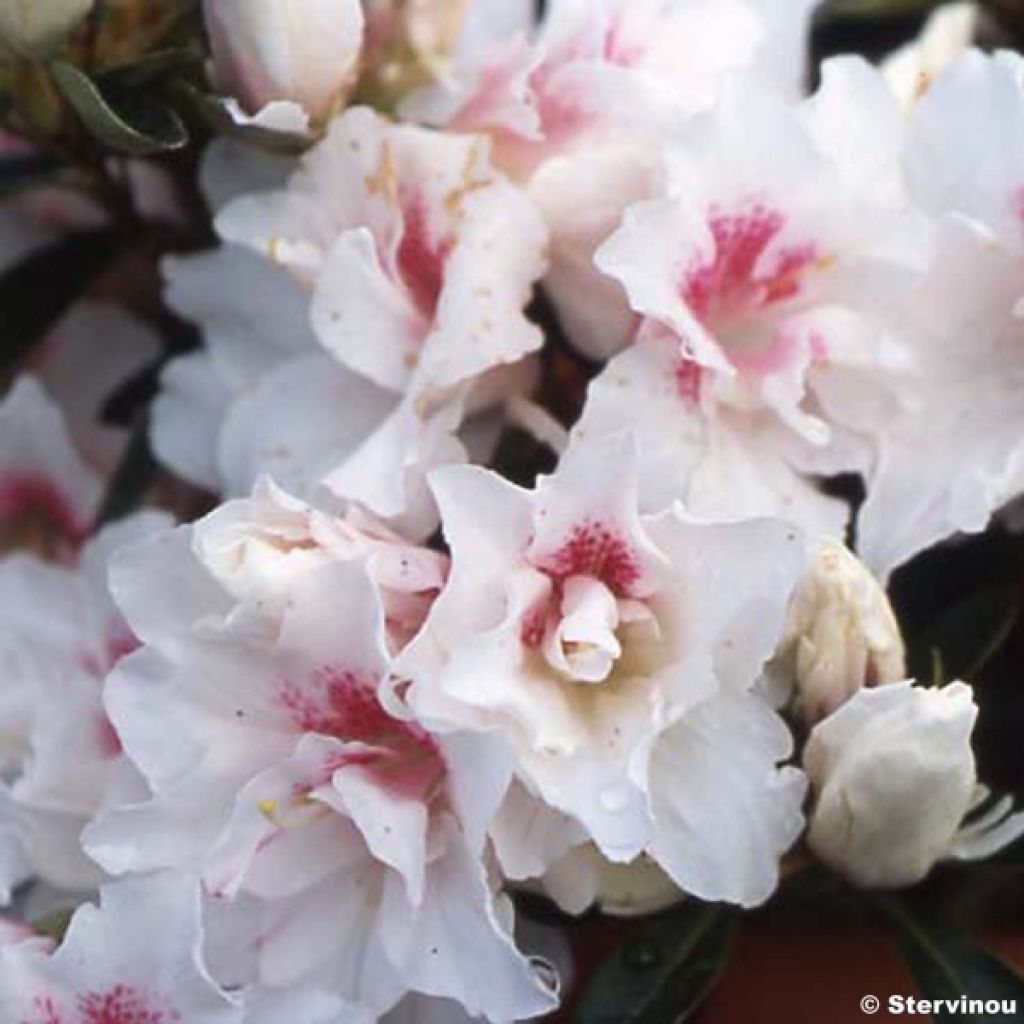

Japanese azalea White Prince
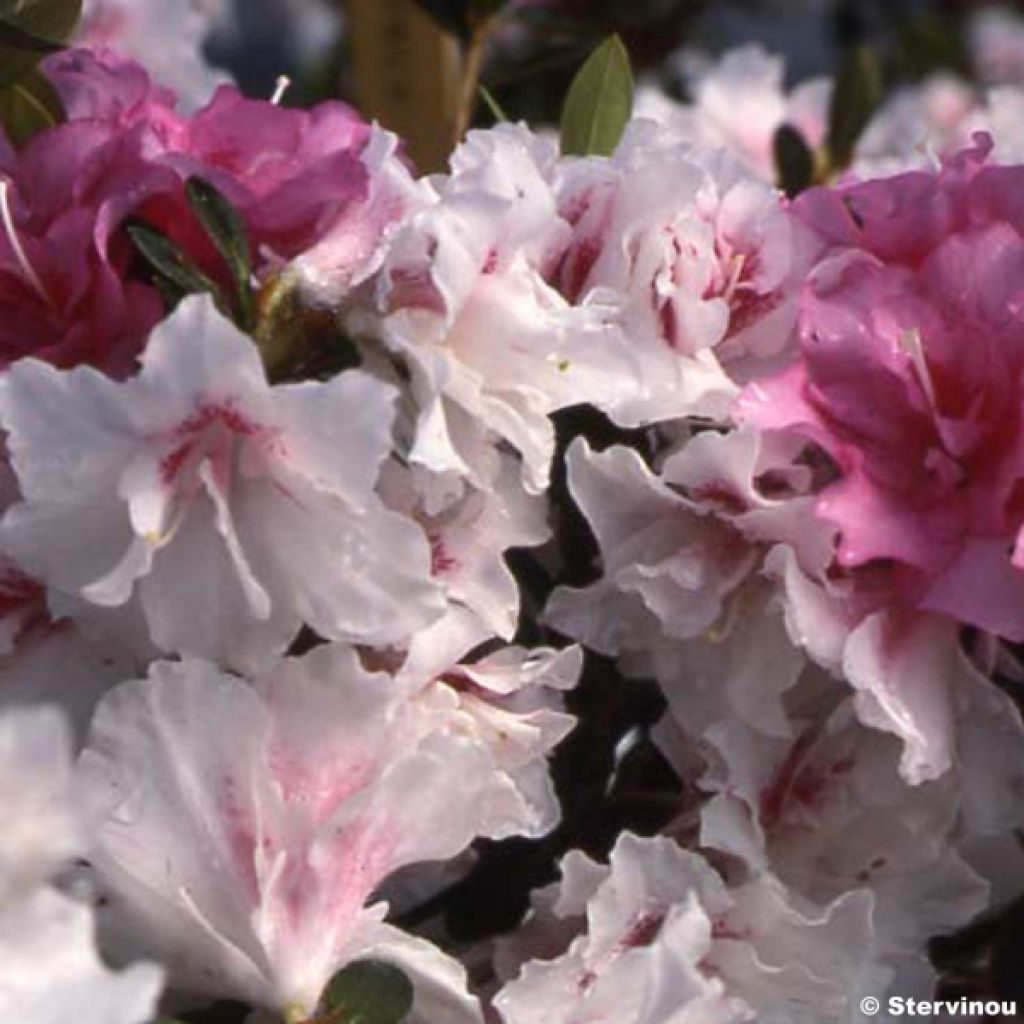

Japanese azalea White Prince
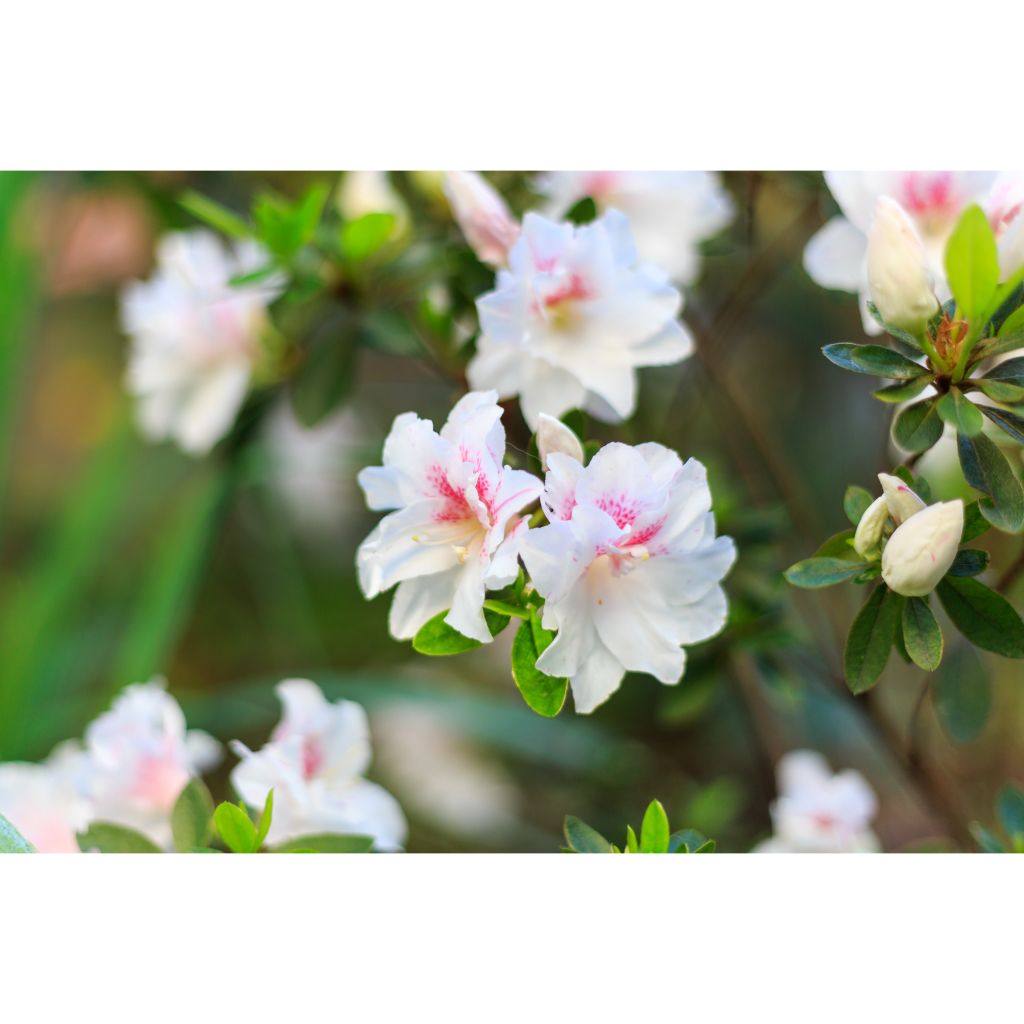

Japanese azalea White Prince
Japanese azalea White Prince
Rhododendron (Azalea) White Prince
Japanese Azalea
This item cannot be shipped to the selected country
Delivery charge from €5.90
More information
Schedule delivery date,
and select date in basket
This plant carries a 24 months recovery warranty
More information
We guarantee the quality of our plants for a full growing cycle, and will replace at our expense any plant that fails to recover under normal climatic and planting conditions.
From €5.90 for pickup delivery and €6.90 for home delivery
Express home delivery from €8.90.

Does this plant fit my garden?
Set up your Plantfit profile →
Description
The 'White Prince' Japanese Azalea, also known as Rhododendron hybrid, is a small evergreen bush forming a rounded bush with original, fringed flowers, white-pink in colour with a cherry-coloured throat. It will enhance your borders and pots.
A result of a mutation of the 'Rose Queen' Azalea, the 'White Prince' Azalea forms a small dense bush with a rounded habit, reaching a height of 70 cm and a spread at maturity. Its evergreen leaves are ovate, elongated, glossy, and tough, with a dark green colour. During the months of April and May, this small bush is covered with elegant and fringed flowers in 5 cm (2 in) wide trumpets. They are coloured white-pink with a cherry-colored throat. Sometimes its flowers are uniformly pink. This Azalea will have a stunning effect in shaded gardens.
Hardy up to -12°C, the 'White Prince' Japanese Azalea requires a bright exposure without direct sunlight. Plant it ideally in partial shade, in a location protected from cold and dry winds. With slow growth, this small bush prefers moist, humus-bearing, well-drained soil with an acidic tendency.
The 'White Prince' Azalea dresses up heather beds all year round and enlivens gardens with its numerous colourful flowers in spring. Plant it on a slope, in a shady rockery, or at the edge of a border alongside Pieris, Heather, Kalmias, Andromedas, Chinese Azaleas, and Japanese Maple.
Divided into 2 horticultural groups, the genus Rhododendron includes, on one hand, Azaleas, Chinese and JapaneseAzaleas, with small evergreen or deciduous leaves, with 5 stamens per flower, and on the other hand, Rhododendrons, with ample, evergreen, glossy foliage and flowers with more than 10 stamens. Although highly debatable from a botanical point of view, this classification is still widely used by horticulture professionals.
Report an error about the product description
Japanese azalea White Prince in pictures
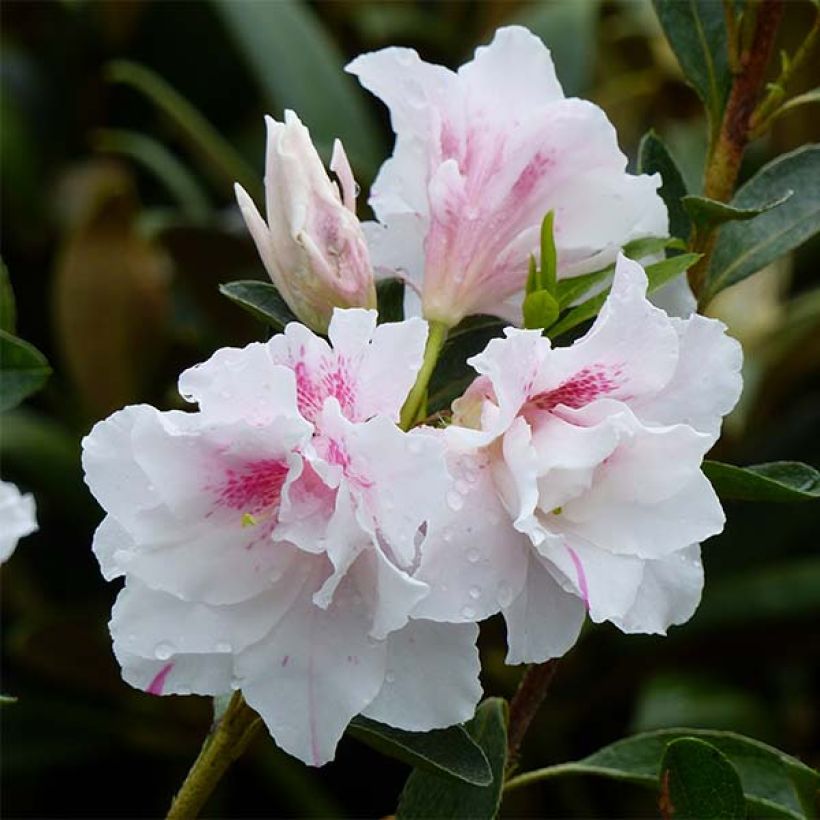

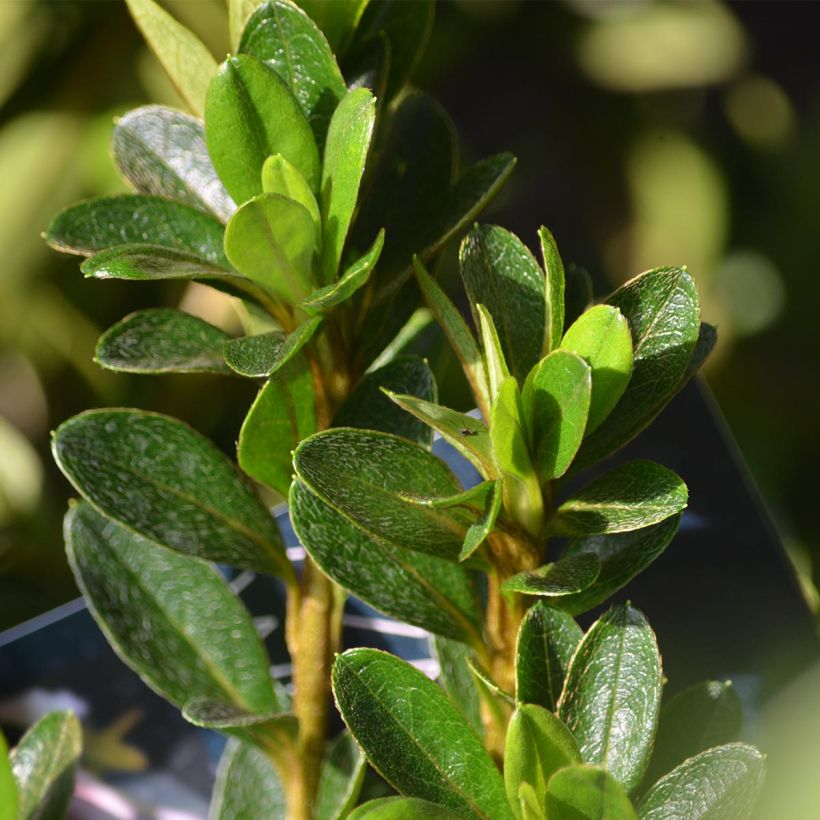

Plant habit
Flowering
Foliage
Botanical data
Rhododendron (Azalea)
White Prince
Ericaceae
Japanese Azalea
Other Japanese Azalea
Planting and care
Plant the 'White Prince' Japanese Azalea in a partially shaded or shaded position, protected from cold and drying winds, in a cool, humus-bearing and light soil with an acidic tendency. Like all plants that prefer acidic soil, it does not tolerate limestone or heavy soil that becomes waterlogged in winter. Dig a hole three times larger than the pot. Soak the root ball in non-limestone water and plant the bush at its base level, in a mixture of 1/4 each of turf, leaf compost, gravel or pumice, and loam. Water thoroughly and keep the soil moist in summer. Azaleas and Rhododendrons have a shallow root system. As a result, they are susceptible to long periods of drought. Therefore, it is recommended to enrich the soil with humus and to water abundantly during dry periods. Additionally, this root system is not very strong, so it is essential to lighten heavy soil with draining materials (gravel, pumice, clay pellets) when planting. Apply a mulch of shredded pine bark around the base of the bush every spring to maintain soil moisture and an acidic pH. Maintenance consists of removing faded flowers in summer and clearing dead branches. Azaleas and Rhododendrons can sometimes be attacked by weevils that eat the edges of leaves and rootlets, as well as the famous 'rhododendron borer' which rarely causes significant damage. However, you can treat them with carbofuran. Yellowing of leaves (chlorosis) in Rhododendrons indicates poor iron assimilation in the soil and can lead to the premature death of the plant. While limestone is often the cause, poorly drained soil or a deeply planted root ball can also explain the phenomenon.
Planting period
Intended location
Care
-
, onOrder confirmed
Reply from on Promesse de fleurs
Evergreen shrubs
Haven't found what you were looking for?
Hardiness is the lowest winter temperature a plant can endure without suffering serious damage or even dying. However, hardiness is affected by location (a sheltered area, such as a patio), protection (winter cover) and soil type (hardiness is improved by well-drained soil).

Photo Sharing Terms & Conditions
In order to encourage gardeners to interact and share their experiences, Promesse de fleurs offers various media enabling content to be uploaded onto its Site - in particular via the ‘Photo sharing’ module.
The User agrees to refrain from:
- Posting any content that is illegal, prejudicial, insulting, racist, inciteful to hatred, revisionist, contrary to public decency, that infringes on privacy or on the privacy rights of third parties, in particular the publicity rights of persons and goods, intellectual property rights, or the right to privacy.
- Submitting content on behalf of a third party;
- Impersonate the identity of a third party and/or publish any personal information about a third party;
In general, the User undertakes to refrain from any unethical behaviour.
All Content (in particular text, comments, files, images, photos, videos, creative works, etc.), which may be subject to property or intellectual property rights, image or other private rights, shall remain the property of the User, subject to the limited rights granted by the terms of the licence granted by Promesse de fleurs as stated below. Users are at liberty to publish or not to publish such Content on the Site, notably via the ‘Photo Sharing’ facility, and accept that this Content shall be made public and freely accessible, notably on the Internet.
Users further acknowledge, undertake to have ,and guarantee that they hold all necessary rights and permissions to publish such material on the Site, in particular with regard to the legislation in force pertaining to any privacy, property, intellectual property, image, or contractual rights, or rights of any other nature. By publishing such Content on the Site, Users acknowledge accepting full liability as publishers of the Content within the meaning of the law, and grant Promesse de fleurs, free of charge, an inclusive, worldwide licence for the said Content for the entire duration of its publication, including all reproduction, representation, up/downloading, displaying, performing, transmission, and storage rights.
Users also grant permission for their name to be linked to the Content and accept that this link may not always be made available.
By engaging in posting material, Users consent to their Content becoming automatically accessible on the Internet, in particular on other sites and/or blogs and/or web pages of the Promesse de fleurs site, including in particular social pages and the Promesse de fleurs catalogue.
Users may secure the removal of entrusted content free of charge by issuing a simple request via our contact form.
The flowering period indicated on our website applies to countries and regions located in USDA zone 8 (France, the United Kingdom, Ireland, the Netherlands, etc.)
It will vary according to where you live:
- In zones 9 to 10 (Italy, Spain, Greece, etc.), flowering will occur about 2 to 4 weeks earlier.
- In zones 6 to 7 (Germany, Poland, Slovenia, and lower mountainous regions), flowering will be delayed by 2 to 3 weeks.
- In zone 5 (Central Europe, Scandinavia), blooming will be delayed by 3 to 5 weeks.
In temperate climates, pruning of spring-flowering shrubs (forsythia, spireas, etc.) should be done just after flowering.
Pruning of summer-flowering shrubs (Indian Lilac, Perovskia, etc.) can be done in winter or spring.
In cold regions as well as with frost-sensitive plants, avoid pruning too early when severe frosts may still occur.
The planting period indicated on our website applies to countries and regions located in USDA zone 8 (France, United Kingdom, Ireland, Netherlands).
It will vary according to where you live:
- In Mediterranean zones (Marseille, Madrid, Milan, etc.), autumn and winter are the best planting periods.
- In continental zones (Strasbourg, Munich, Vienna, etc.), delay planting by 2 to 3 weeks in spring and bring it forward by 2 to 4 weeks in autumn.
- In mountainous regions (the Alps, Pyrenees, Carpathians, etc.), it is best to plant in late spring (May-June) or late summer (August-September).
The harvesting period indicated on our website applies to countries and regions in USDA zone 8 (France, England, Ireland, the Netherlands).
In colder areas (Scandinavia, Poland, Austria...) fruit and vegetable harvests are likely to be delayed by 3-4 weeks.
In warmer areas (Italy, Spain, Greece, etc.), harvesting will probably take place earlier, depending on weather conditions.
The sowing periods indicated on our website apply to countries and regions within USDA Zone 8 (France, UK, Ireland, Netherlands).
In colder areas (Scandinavia, Poland, Austria...), delay any outdoor sowing by 3-4 weeks, or sow under glass.
In warmer climes (Italy, Spain, Greece, etc.), bring outdoor sowing forward by a few weeks.

































